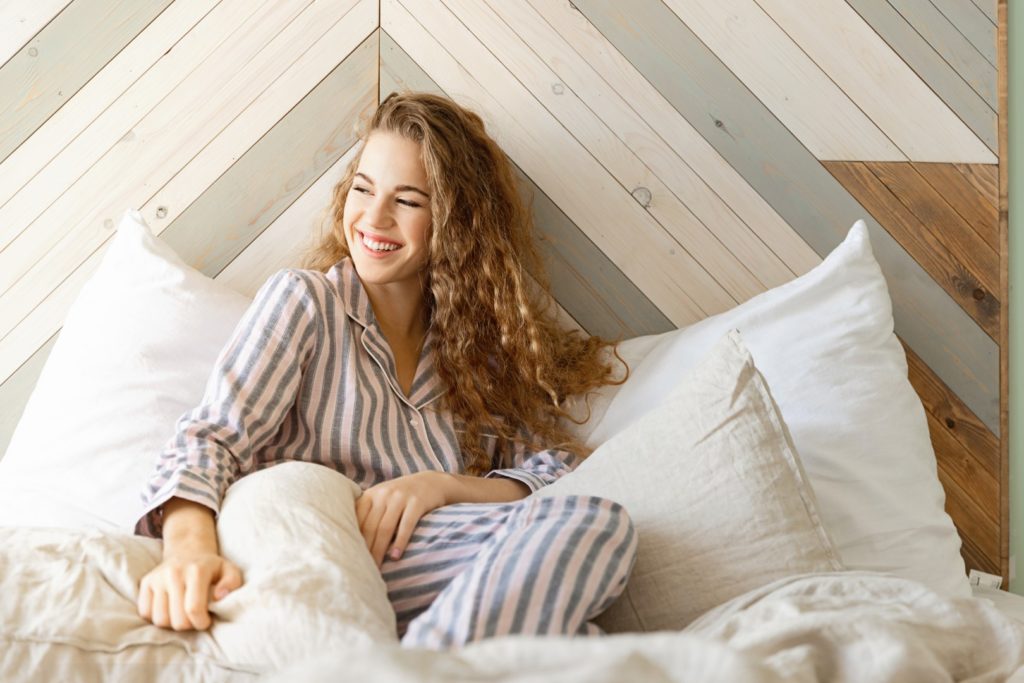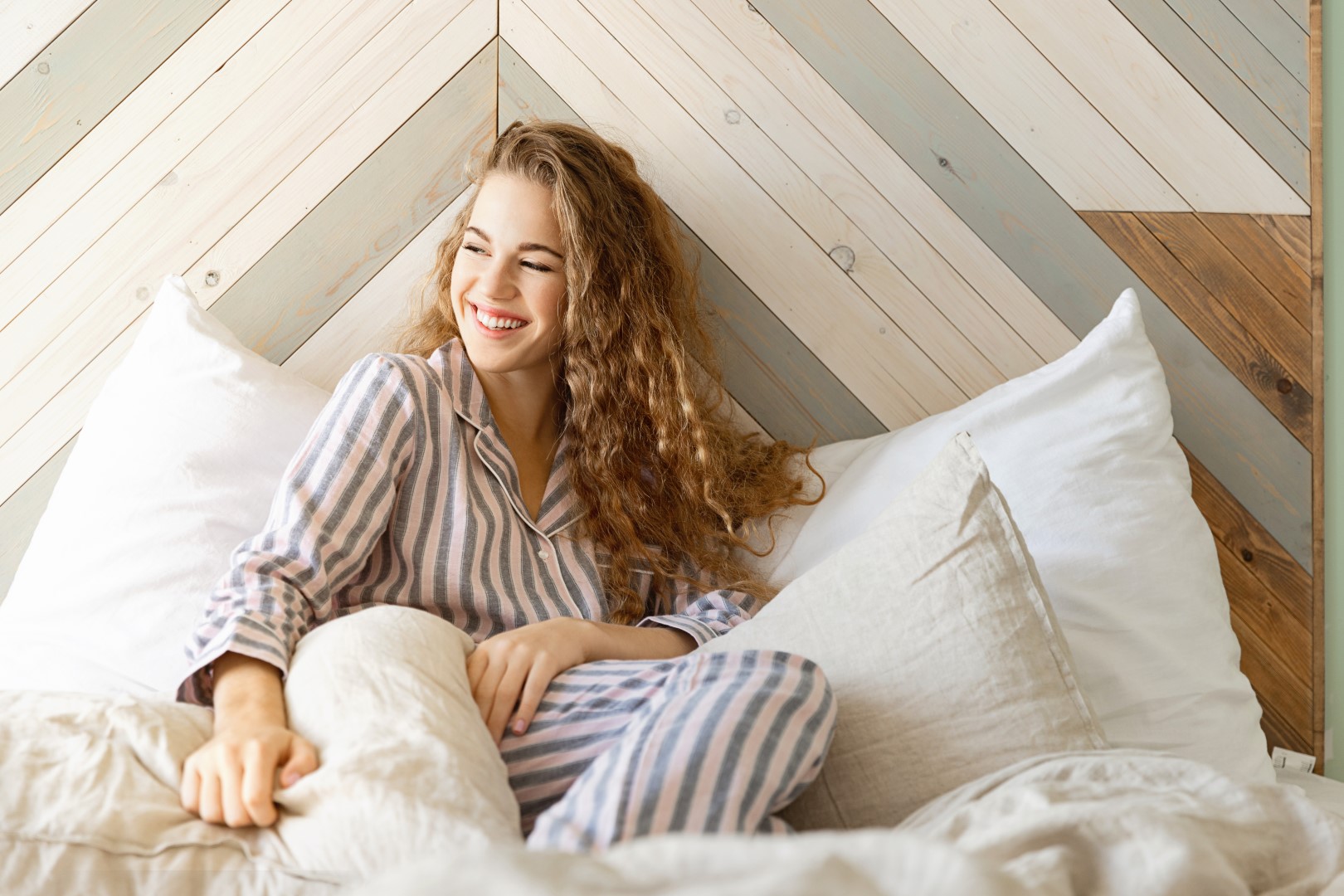
Whether we sleep in the buff, only socks, only bottoms or something in between, pyjamas continue to be a constant giftable item. For Christmas and birthdays, the easy go-to gifts are the PJs, whether made with sexy silk or cool cotton, they are the popular gift because, well everyone sleeps, right?
Researchers have discovered that there is a “thermal comfort zone” which is most conducive to sleep and the fabric that will get us there. You will never guess that whether you live in a climate that is 40 degrees below zero or 40 above, wool is the unmatched winner! Although that may seem counter-intuitive especially on those hot nights, wool has a way of regulating our body temperature as it normally drops at sleep-time.
A recent study conducted in Australia researching young and old subjects, showed that wearing wool pyjamas adds 15 minutes to our sleep time. Younger subjects fell asleep 4 minutes faster and slept an average of 7 minutes longer while wearing pyjamas made with merino wool. The older subjects had the highest results with an added 20 to 27 minutes of extra sleep time! Although these tests were conducted in rooms with temperatures of 17 degrees Celsius, the results are still quite outstanding.

The study is not suggesting that we wear our large woollen sweaters to bed as the fibres could potentially keep us awake. The merino wool recommended is spun into a soft jersey-like fabric so irritation on sensitive skin should not occur. Before the industrialized revolution, the two most commonly used fabrics were wool and cotton. Enter synthetics, and everyone has forgotten about the benefits of natural fabrics. Science is bringing them back for consideration as we return to more natural and sustainable living.
Sleep.org, however, points out the benefits of using other fabrics for sleep. Wool may not be suitable for everyone and if we have sensitive skin or suffer from night sweats, ultimately wool may not be best. We should also keep in mind that Australia has the world’s second-largest sheep population behind China, so the study could be slightly biased.
Despite what benefits the Australian study show in wearing wool for sleep, it may cause the opposite results in some. Cotton, in cooler climates, may also be uncomfortable unless we use layers of blankets and it does a poor job in wicking away moisture. Fabrics made from bamboo and silk or going “au naturel” are still worthwhile considerations and ultimately vary with people’s preferences despite the studies.
In summary, the Australian study shows remarkable data when wearing wool pyjamas for sleep with the highest benefits for seniors. Clearly, this group has the most to profit from the fabric. In medical terms, the thermal comfort zone can vary from 15 degrees to 25 degrees Celsius depending on the individual, pregnancy, menopause and other medical issues. Considering wool if you never thought of it before, could potentially yield the results you are seeking.
Gerry, Your Sleep Expert

